An important challenge – Preservation of the color on the Terracotta Army of Emperor Qin
Originally each terracotta soldier was painted with vivid colors, this is evident by the traces of paint found on many pieces that have been unearthed. However, most of the pigment faded within a very short time on exposure to the air. Since the discovery of the colored pieces, research has been carried out and a special substance has now been produced. This substance is painted over the color remaining on the soldiers of the terracotta army as soon as they are retrieved. This new product has proved very effective in preserving the color of the clay solders. The soldiers of the terracotta army were painted in varying colors according to their rank and costume.
Discovery of Pit 2, kneeling archers and standing archers of the terracotta army
Pit 2 discovered in 1976. This discovery is 1.5 km east of Emperor Qin’s Mausoleum. Pit 2 contained some 332 archers. Of these 160 were kneeling archers and the remaining 172 were standing archers. Remnants of pink and a yellow colors can still be seen on the archers uniform. Zoom in and see the tread on the bottom of the archers boots; was this the forerunner of safety treads for our work boots that are worn today?
The south area of this pit contained 64 chariots arrayed in 8 columns. The chariots were made of wood and completely deteriorated when unearthed and exposed to the air. The remnants however can still be seen. The center area of this pit contained war chariots in the front, followed by infantryman, with cavalry making up the rear. Altogether there were 108 cavalrymen each standing in front of his saddled war-horse, with reins in his right hand and a bow in his left.
Pit 3: Terracotta soldiers-a guard of honor
Pit 3 contained 68 clay figures and a chariot drawn by four horses. The chariot canopy was brightly painted which is believed to represent higher rank. There were four armed soldiers at the rear of the chariot. The figures in this pit were fully armored and placed face to face with their backs to the wall. (However,with one exception, they are all headless and faceless at this time, a bit sad!). The position of the figures indicate that they were guards, as they also carried a different style of weapon which has not been found in any other pit. It is thought that these soldiers may have represented a guard of honor.
December 1980 brought new and exciting discoveries of bronze chariots and horses
December 1980 brought the exciting discovery of another large pit 20 meters west of Emperor Qin’s tomb. This pit contained two sets of bronze chariots and horses in thousands of pieces. A major challenge that has taken 8 years of painstaking restoration to piece together the two chariots and horses. They were made half size and modeled after the real chariots, horses and drivers, and are quite exquisite in their detail. Both chariots were painted with a bright range of colors on a basic white background. The layer of pigment has protected the bronze over the centuries and prevented oxidation. Both chariots are different in style, and they were named the “High Chariot” and the “Comfortable Chariot”. They are on display in the Museum.
1998 more amazing discoveries concerning the Terracotta Army of Emperor Qin
In 1998 a new pit was discovered containing 120 stone armor suits and 90 stone helmets in thousands of pieces. Two pieces of armor were unearthed made up of small stone flakes/pieces, thin and exquisitely made. There are over 800 stone flakes in each suit of armor. The majority of the stone armor is made up of medium sized stone flakes in rectangular or square shapes with tiny holes for linking. To date only one set of stone armor and one stone helmet have been restored. Another painstaking achievement. The weight of the stone armor is 18 kilograms and the helmet about 3.1k which would seemingly make it very impractical to wear. Experts in the field consider that it may have been made especially as a funerary object for the tomb of Emperor Qin, rather than an item to actually wear into battle .
Armor for the Battle Steed
There were also very large stone flakes found. This was something totally different. It is though that this piece was probably designed to be used as armor for the battle horse or steed. The piece measures 1.8 meters in length with armor flakes measuring 14.7cm. Only one piece of this kind has been unearthed.
November 2002: A pit of Bronze Birds
In November 2002 a pit of Bronze Birds were excavated from a new site in the area of Emperor Qin’s mausoleum. Thirteen bronze birds and five pieces of a broken pedestal on which the birds once stood were excavated. These birds are known as the cranes and geese. Most of the bronze birds were damaged, but two birds, a bronze goose and a bronze swan are on display at the museum for viewing.
An awesome experience to view Emperor Qin’s Terracotta Army
To visit this site and view the Terracotta Army is an awesome experience, not to be missed, if you have an opportunity to visit the ancient city of Xian in China. Read the history of the first emperor of China, Emperor Qin and the amazing discovery of the Terracotta Army before you visit, and even then you will still find the first sight of the Terracotta Army breathtaking. No doubt there will be more exciting discoveries in the near future.
If you love books and beautiful photography the The Eternal Army: The Terracotta Soldiers of the First Emperor
meets all the criteria. It not only has magnificent photos of the terracotta army and all the pieces unearthed so far, it has the stories to go with them.
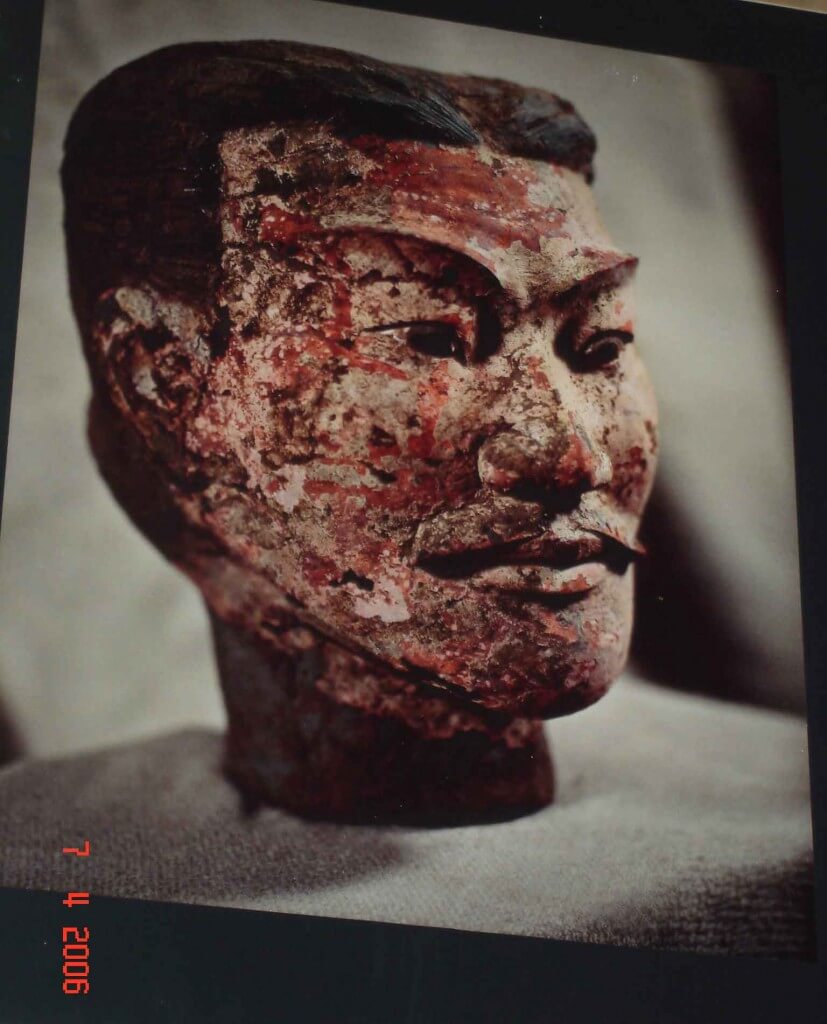
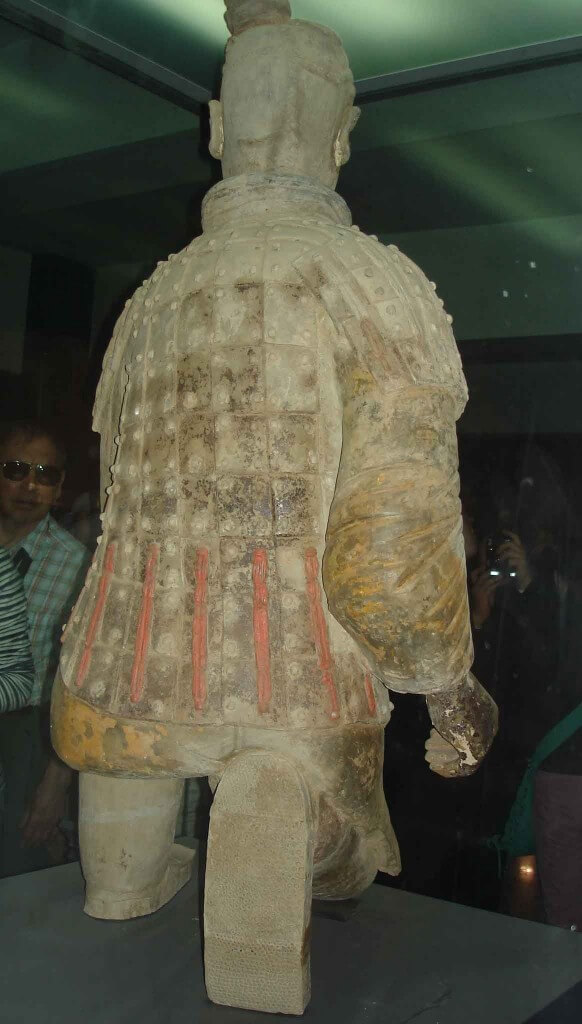
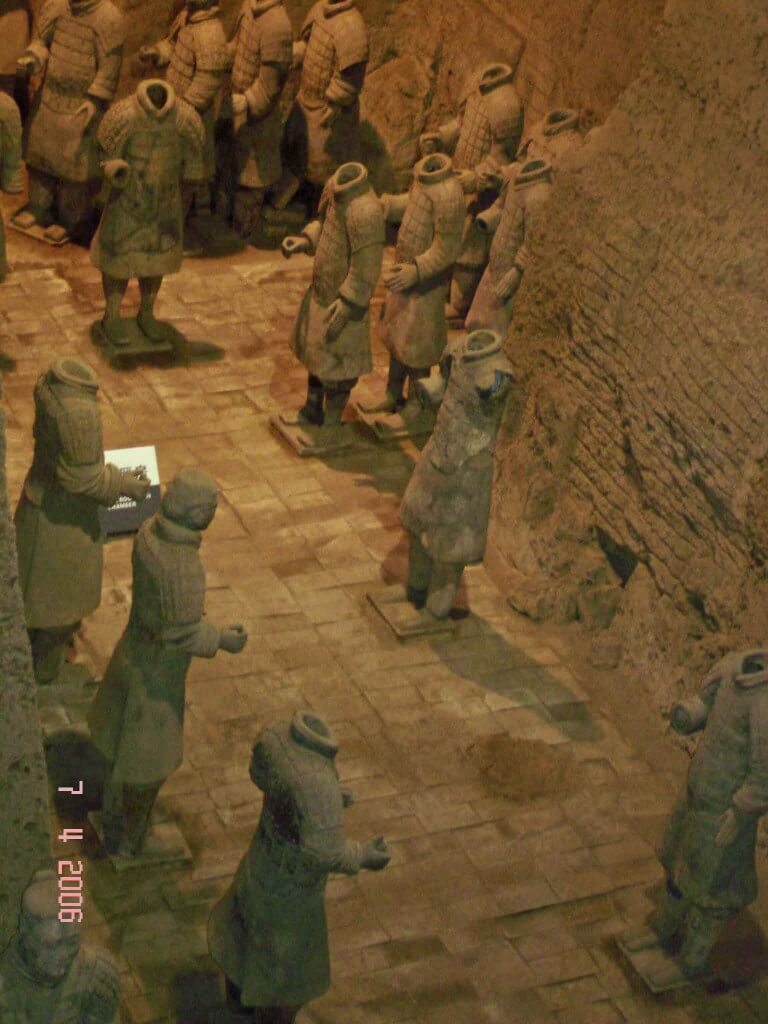
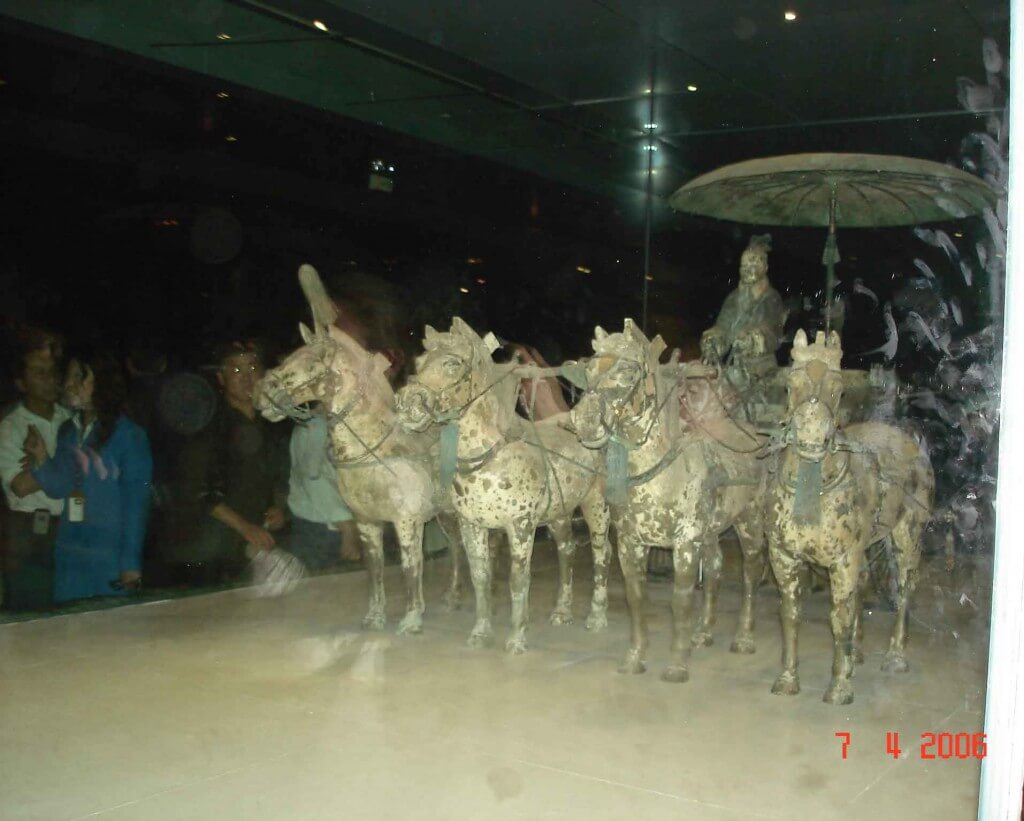
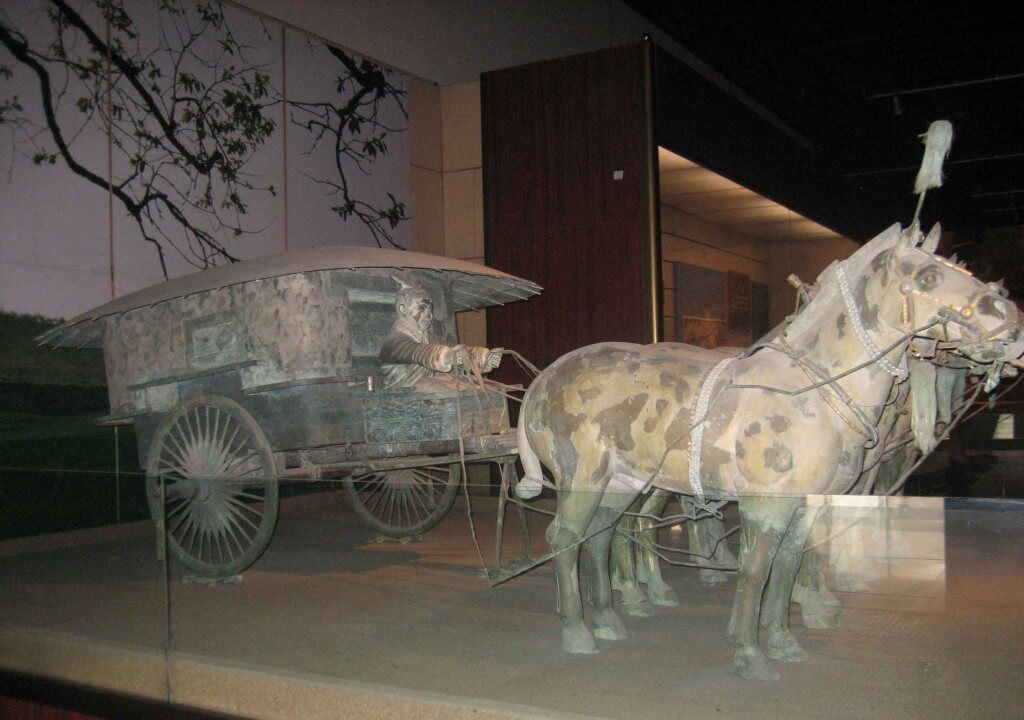
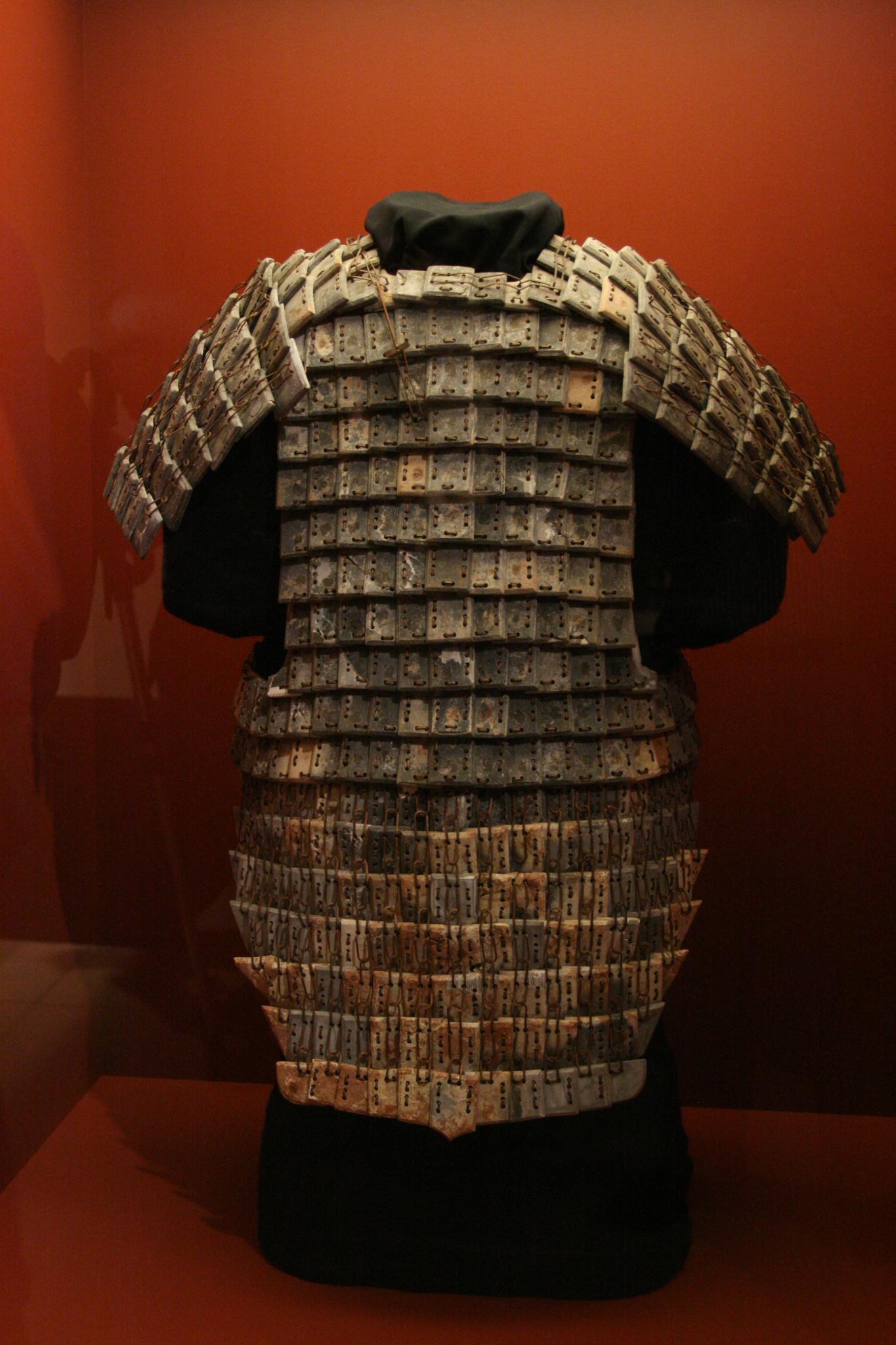
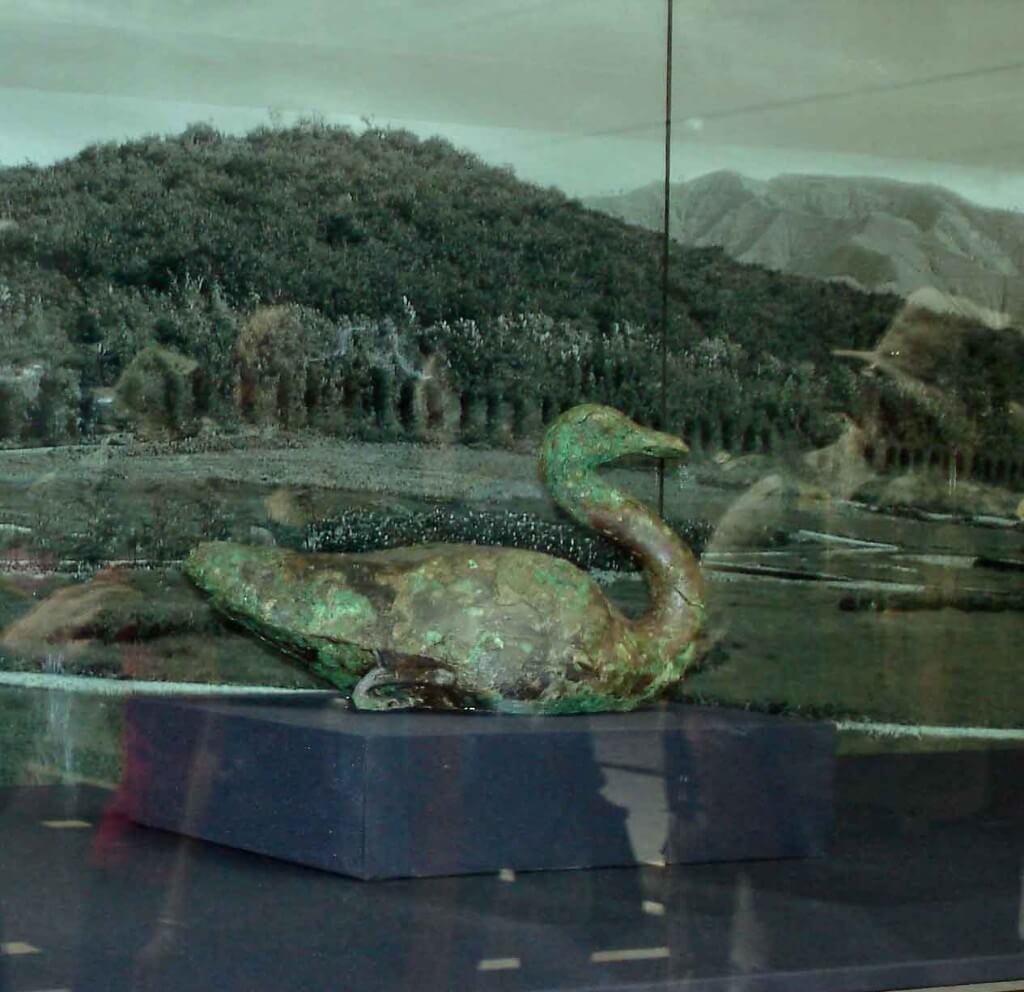
Amazing pictures and article. Reading this kind of took me back in history, both good and bad parts of it. Just makes you appreciate it more.
Hi Tim, Always good and bad with Emperors or kings etc. Emperor Qin did a lot of good for his country and made significant changes.His misfortune was his obsession with death, but what he left for posterity is pretty amazing. Thanks for your comments. Lyn
Insights like this liven things up aruond here.
I’m so glad you did a follow-up on your previous article. I find Emperor Qin’s Terracotta Army one of the greatest wonders that I’ve learned about… akin to the artifacts in Egypt in my imagination. The amount of work is tremendous and seems like more than any accomplishment I can think of in my lifetime!
Hi! Likewise I find it amazing. I feel sure they must have many more discoveries by now, that we don’t know about yet. I will have to visit China again when that happens. Lyn